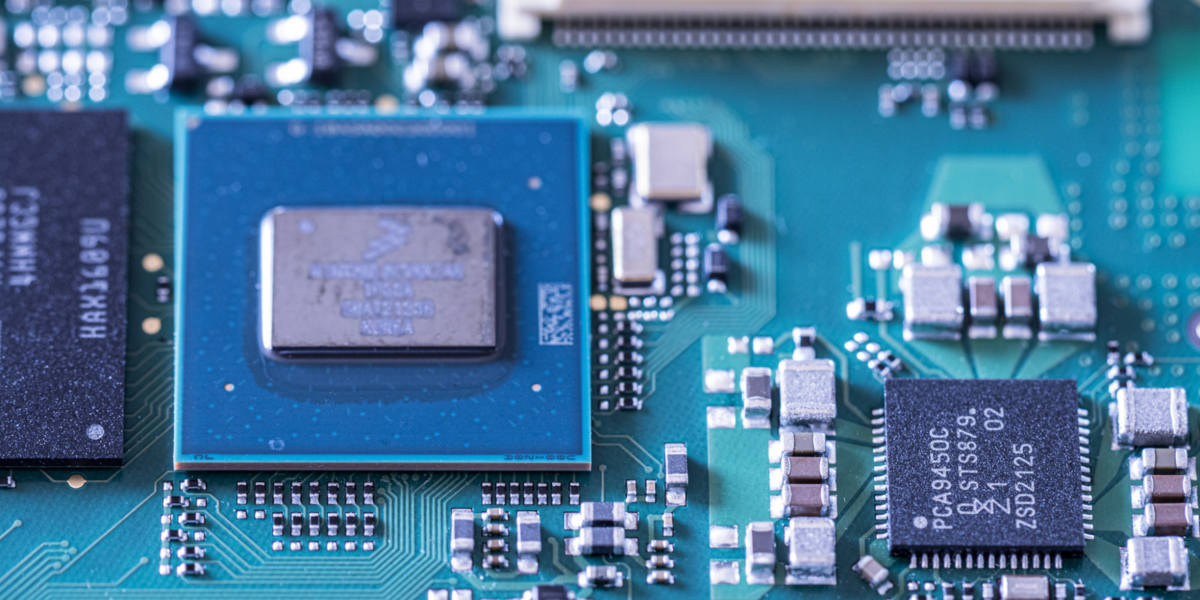The cookies listed here help us to design the website optimally and to continuously optimize it for you. The user flow can be analysed on the basis of pseudonymised data of website users. This enables us to optimise our advertising and website content for you.
| Name | Purpose | Lifetime | Type | Provider |
|---|
|
_ga
|
Is used to differentiate between users.
|
2
years
|
HTML
|
Google
|
|
_gat
|
Is used to throttle the polling rate.
|
1
day
|
HTML
|
Google
|
|
_gid
|
Is used to differentiate between users.
|
1
day
|
HTML
|
Google
|
|
_ga_--container-id--
|
Saves the current status of the session.
|
2
years
|
HTML
|
Google
|
|
_gac_--property-id--
|
Is used to evaluate campaigns created with Google Analytics.
|
3
months
|
HTML
|
Google
|
|
_gcl_au
|
Used by Google AdSense for experimenting with advertisement efficiency across websites using their services.
|
3
months
|
HTML
|
Google
|
|
AMP_TOKEN
|
Contains a token that can be used to retrieve a client ID from the AMP Client ID service. Other possible values are opt-out, inflight request, or an error retrieving a client ID from the AMP Client ID service.
|
1
year
|
HTML
|
Google
|
|
_dc_gtm_--property-id--
|
Certain data is only sent to Google Analytics a maximum of once per minute. The cookie has a lifetime of one minute. As long as it is set, certain data transfers are prevented.
|
2
years
|
HTML
|
Google
|

